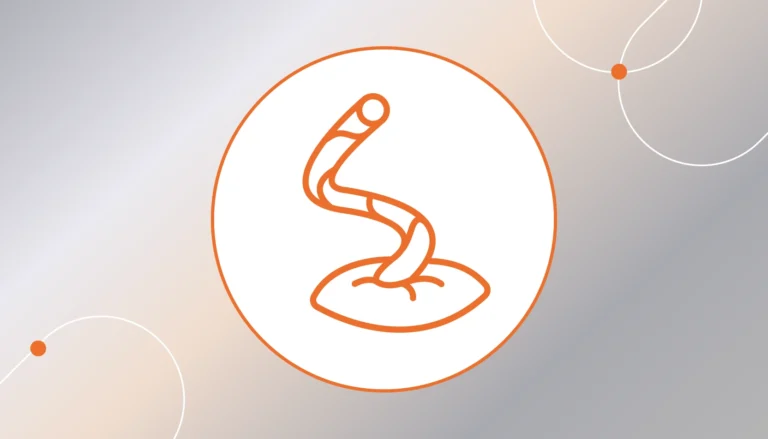Labor pains are undoubtedly some of the most painful sensations that accompany the arrival of a child into the world. Initially they are gentle and quickly subside. The closer we get to the birth action, the more severe and much more frequent they become.
Labor pains are hard to confuse with anything else. Most often, at 39-41 weeks of pregnancy, the mother-to-be has to face these discomforts. To know how to identify labor pains, you need to assess the frequency and strength of the contractions that occur. During the first phase of the labor action, the cervix is alternately dilated and shortened. As a result, the pregnant woman feels a surge of pain preceded by moments of relief.
Signs of impending labor
Many women wonder what labor pain can be compared to. It is quite difficult to answer this question unequivocally, however, most parturients compare it to a spreading sensation combined with typical menstrual pain. The first labor pains sometimes need not be felt. However, if there are any, they resemble the stretching of a toddler in the mother’s belly. This phase is referred to as the latent phase. When this phase coincides with the sleep period, the pregnant woman may not even notice that she is just beginning to have a baby. Such contractions occur on average every 20 minutes and last 20 to 60 seconds. Relieving labor pain at this stage makes no sense. Several hours usually pass between the latent phase and the birth of the baby. The cervix dilates at a slow rate at first – 0.5 to 1 centimeter per hour. Another symptom is the departure of the mucus plug – the element that blocks the cervix, throughout the pregnancy, protecting it from harmful external factors.
When the fetal waters leave and contractions occur every 5 minutes and their duration is close to a minute is the clue to go to the delivery room as soon as possible. Methods of relieving labor pain at this stage are limited to repeated deep breathing. If the mother-to-be is not quite sure whether she is dealing with labor contractions or pre-term contractions, she can still allow herself a warm (but not hot) bath. The intensification of contractions after such a bath indicate that labor is a matter of hours. Pain is often described on a scale of 1 to 10. With labor pain, this scales 6/10. Much greater pain accompanying a forceps delivery.
Sacral problems during childbirth
During labor pains, sacroiliac spinal dislocations are not uncommon. Unfortunately, sometimes they are so severe that they “drown out” the pain associated with cervical contractions. Cruciate labor pains usually accompany women with retroverted uterus. This is due to shortened uterine ligaments attached to the lumbar region. When the cervix contracts, it stretches the ligaments and this causes pain. One way to relieve sacral labor pain is to change your body position – you should not lie on your back and only lie in one position.
Obstetricians, however, know how to ease labor pains. They can be performed when the cervical dilation is greater than 4 cm. If the parturient consents, an epidural is administered by inserting a thin needle into the spinal canal. Fluid anesthesia administered through a catheter blocks the conduction of pain from the uterus to the brain. Therefore, without feeling pain, the woman is more relaxed and focuses on breathing correctly. The administration of the anesthetic has no effect on the frequency of contractions and does not interfere with pushing. The risk of complications is minimal. However, there are undoubtedly a number of contraindications to alleviating the pains of labor action in this way, among them. Blood clotting disorders, or thrombocytopenia.
Rate this article:











